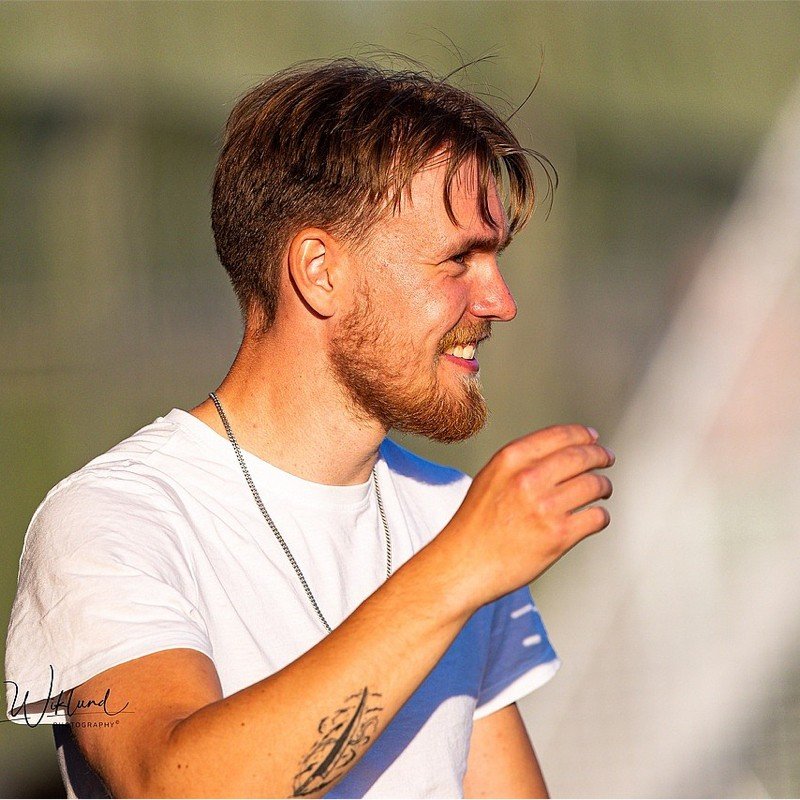Defensive Play - Not the Same as Defensive Transition.
What is our approach when it comes to defensive transitions? This is something I have been pondering since the last match I coached, where my team faced a significant problem. We delivered a good overall performance, but the match ended in a 2-4 loss.
We faced a team that was technically skilled, had a good understanding of the game, and, above all, was more physically developed than we were. They had players on the wings with physical qualities that the team tried to exploit through deep balls into the third playing zone, behind our backline, from players facing forward in the first or second playing zone. Early in the match, I felt that this was a scenario we should be able to handle.
During the training week leading up to the match, we focused on defensive work, specifically keeping the opponents in front of us and preventing them from turning forward centrally on the field. This was something we managed quite well during the match when we were organized in our defensive play. Several situations arose where the opponents played the ball up to a central player, and we immediately got a defender on their back, forcing them to pass the ball back to their defenders in the starting area. The problem that arose, which was also the deciding factor in this match, was that we were not well-organized during defensive transitions.
It was in these defensive transitions that we, as a team, failed, and the opponents managed to execute the actions they were looking for. When we lost possession, either through misplaced passes from the backline to central midfielders in the first playing zone or through interceptions centrally on the field in the first or second playing zone, the opposing team repeatedly found a player facing forward in the center who could then play a ball behind our backline to runs from their wingers. This was a sequence the opposing team was extremely skilled at.
Our players didn’t know how to react to solve the problem. They were unsure whether to push up and press the forward-facing ball carrier to try to disrupt them, which would create more space behind us, or to drop back and follow the runners but allow the ball carrier space to advance with the ball. This dilemma, in turn, caused us not to react quickly enough in defensive transitions. The players took longer to decide which action was best, and sometimes players made different decisions, causing the team to act out of sync. The opponents could repeatedly execute what they were aiming for. From the sidelines, I tried to analyze the problem and figure out how we, as a team, could solve it.
Option 1: Push up the backline and try to catch the runners offside while putting pressure on the ball carrier, but with the consequence of giving up a lot of space behind our backline for them to play a decisive pass into.
Option 2: Drop back with the backline and reduce the space behind for their attacking players to run into, but with the consequence that the ball carrier gets time and space to advance with the ball.
The option I chose, and communicated to the team at halftime, was to press the ball carrier, try to keep them facing away from the goal, and direct them back while we pushed up with the backline. I believed this was the right option since we had worked during the week on keeping players facing away from goal and directing them backward. However, because we had only trained this in a structured defensive organization and not in transition situations, the execution during the match was less successful, and the opponents were able to continue punishing us in the same way, which ultimately led to the 2-4 loss. If we had trained on these principles in defensive transitions as well during the week, the match scenario might have looked different in the second half, and the execution of actions might have been more successful since the players would have had experiences from the training environment to relate to.
In hindsight, now that I have had time to reflect and analyze the recording of the match, I have realized that we probably could have found a balance between pressing and dropping back to counter the opponents' attacking transitions—in other words, an indirect regain: the nearest defensive player to the ball carrier presses and tries both to direct the ball carrier back and disrupt a potential forward pass, while the remaining players drop back and try to close off the space behind us for the runs being made.
However, even this approach would need to be practiced for the players to handle the situation. And this is the main takeaway I have from this experience. The team needs to train on defensive principles both in organized defensive play and in defensive transitions. I have found it easy to focus solely on principles in the more organized phases of play. If we had spent time training on defensive transitions and the principles we have for that phase, the match scenario might have looked different.
If you have any opinions or tips on how to work on defensive transitions, please share!

